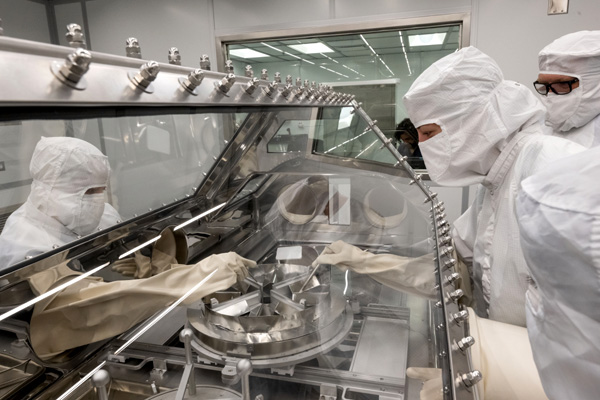
NASA
NASA Hosts OSIRIS-REx Sample Lab Media Day in Houston (Press Release - June 30)
Ahead of the first asteroid sample collected by the U.S. arriving on Earth in September, media are invited on Monday, July 24, to meet mission scientists and see NASA’s newly-built OSIRIS-REx Sample Curation Laboratory where the agency will study the sample at its Johnson Space Center in Houston.
The asteroid Bennu, the target of the OSIRIS-REx (Origins, Spectral Interpretation, Resource Identification and Security – Regolith Explorer) mission, is a carbonaceous asteroid whose regolith may record the earliest history of our solar system. The Bennu sample may contain the molecular precursors to the origin of life and Earth’s oceans, and its study will also help scientists understand planet formation.
The media day will include opportunities to speak with subject matter experts and capture still and moving imagery at the curation lab. Full interviews with subject matter experts will be available after the lab tour concludes.
U.S. and international media interested in participating must request accreditation no later than 5 p.m. CDT on Friday, July 7, by contacting the NASA Johnson newsroom at: 281-483-5111 or jsccommu@nasa.gov. Media accreditation is limited due to space.
Johnson houses the world’s largest collection of astromaterials from the solar system under one roof, including samples from asteroids, comets, Mars, the Moon, Sun and dust from other stars. Scientists use world-class laboratories to perform research on planetary materials and the space environment to investigate the origin and evolution of our solar system and beyond.
****

NASA's Goddard Space Flight Center / University of Arizona

No comments:
Post a Comment